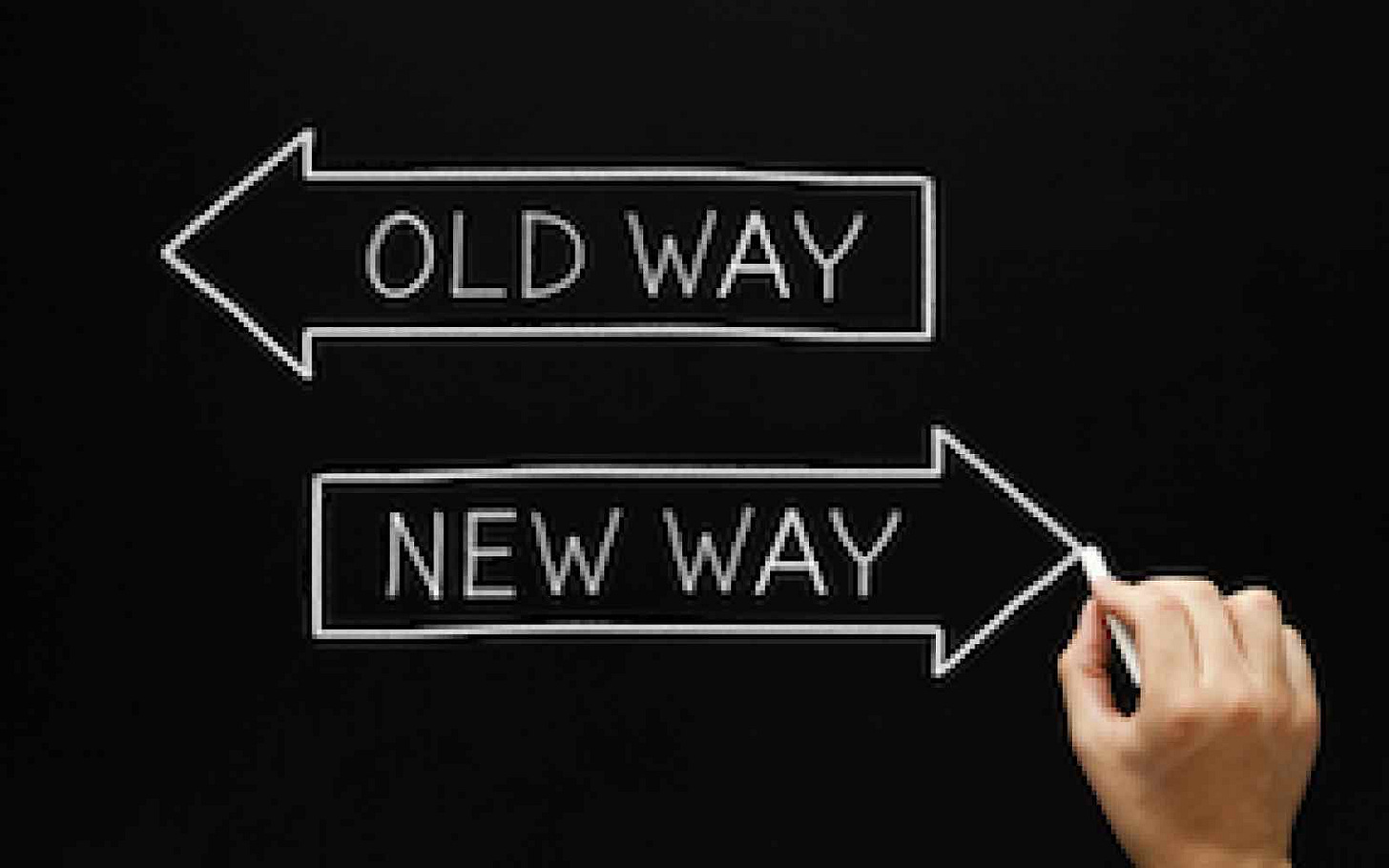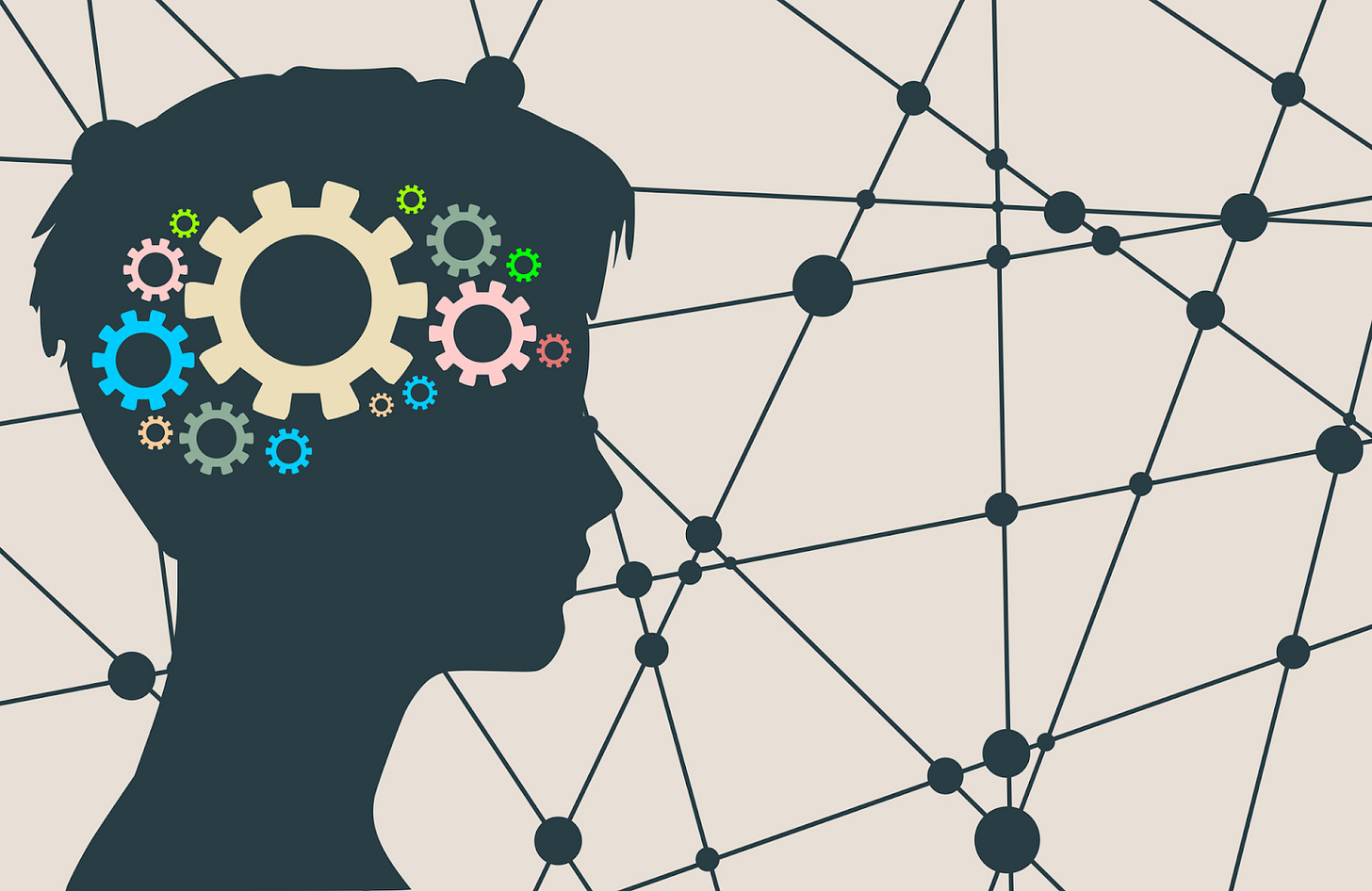How often have you thought you could feel better by doing something different? How many times have you tried to create a new habit, or break an old one? When were you successful? Was it easy? Hard?
In The Well Canto Newsletter we have talked about embracing change here, and that sometimes change just happens here. Today we will get into the practical strategies of HOW to make deliberate changes in our own lives for the benefit of our well-being.
Transtheoretical Model, or TTM, or Stages of Change
Back in the 1970s, two psychologists named James Prochaska and Carlo DiClemente were working to help people overcome addictions, like smoking. Logically, simply informing people how their actions cause them harm would then cause them to change their behavior. Except it didn’t. Information wasn’t enough. So, after decades of research the psychologists combined various psychological theories and interventions (hence, trans theory) to develop a model with specific strategies. Focusing on an individual’s readiness for change, TTM identifies helpful actions that build forward momentum, no matter where the individual is in the change process.
TL;DR
WATCH: (4:50) Improve Your Life Using the Stages of Change Model (Transtheoretical) - @DrWendyGuess
Changing to Thrive (Prochaska and Prochaska) was one of the texts we absorbed during my initial Health and Wellness Coach training through the Mayo Clinic. The idea that we mentally and emotionally travel through various stages in order to successfully change behavior was a revelation to me. It also explained why I had sometimes been very successful at change, and other times not at all.
Let’s look at the 6 Stages. Keep in mind that significant and lasting change occurs slowly, is rarely easy, and includes inevitable relapses as a part of the process. Resistance to change is common in the early stages, but with the effort of small steps, confidence is built and a more committed approach is adopted.
STAGE 1: Precontemplation (not ready for change) “I won’t” or “I can’t”
People in this stage may believe they have no control over their behavior or current state. They may underestimate the pros of changing, and overestimate the cons.
Characteristics: Unaware of a problem. May not understand their behavior is damaging. Uninformed about the consequences. Refuse to acknowledge a need for change. Resist being changed by others. May not believe change is possible. Believe change is too difficult or complicated. Too many barriers to change. Low confidence.
Strategies to move to the next Stage: First, experience genuine empathy and acceptance. Acknowledge your complete autonomy and control over choices and readiness for change. Begin to examine barriers and consider reframing to the extent you can. Assess risks of current behavior and contemplate whether change could feel positive. Seek help from a professional to help you in the process.
STAGE 2: Contemplation (thinking about change) “I may”
During this stage, people are thinking about change. They are more aware of the benefits of change, and less satisfied with their current state.
Some people never make it past the Contemplation stage.
Characteristics: Ambivalence. A sense of doubt in their ability to change. Delay. Conflicting emotions. Pros and cons, benefits and effort are more evenly balanced. Some willingness to explore past attempts at change and possible strategies for future change.
Strategies to move to the next Stage: Develop a clear idea of why you want to change. Envision what you want (not just what you don’t want). Be very specific. Imagine how you will feel in your life. How will things be different? What is preventing you from making the change? What resources are available to you? Connect to your strengths and get excited about your possibilities.
STAGE 3: Preparation (preparing for action) “I will”
In the Preparation stage ambivalence has largely been overcome, and strong motivators have been identified.
Characteristics: Experimenting with small changes. Gathering information. Barriers are known, and solutions are planned. Resistance, ambivalence, and fears may still surface.
Strategies to move to the next Stage: The “thinking tasks” of planning are critically important for success (identifying motivators, strategies to navigate barriers). Take small, positive steps to build confidence. Explore challenges, create solutions. Absorb helpful information and resources. Visualize yourself doing and benefitting from the changes.
STAGE 4: Action (taking action) “I am”
This stage lasts 6 months or more. People are actively practicing new behaviors and establishing new habits.
Characteristics: Much concentration is needed to maintain fledgling behaviors. Keeping strengths and values in mind helps with focus. There is a sense of building consistency over time. Larger goals feel achievable as competence grows.
Strategies to move to the next level: Seek social support with like minds. Reward your successes and congratulate yourself for positive steps. Review motivations frequently. Develop strategies for inevitable setbacks before they arise. Think of yourself as resilient and capable.
STAGE 5: Maintenance (maintaining a positive behavior) “I still am”
In this stage, the new behavior is becoming a way of life. Temptations are more easily resisted and setbacks are less frequent. There is a danger of getting bored or complacent.
Characteristics: New behaviors become automatic. Confidence soars. Self-efficacy is high and self-reinforcing.
Strategies for staying in Maintenance: Review motivations and benefits of behavior change. Celebrate all your wins. Be proud of your accomplishments. Set new goals to refocus. Stay aware of supportive environments and relationships.
STAGE 6: Relapse (recycling)
Setbacks and relapses happen because being human is a lot and life can be messy. It is critically important not to overreact. Have confidence in the skills, knowledge, and experiences you have cultivated.
Characteristics: Disappointment. Frustration. Feelings of failure. Tempted to give up on yourself. Despair at having to ‘start all over again’.
Strategies to move out of Relapse: Normalize setbacks. Give yourself empathy and compassion for being human. Revisit, revise, and reconnect with motivators, strengths and values, resources, visions, and goals. Identify triggers and barriers. Recommit to change. Start again in Preparation or Action Stage.
Change Scenario: A Singer and deliberate practice.
Now let’s walk through a possible scenario that illustrates the Stages of Change. Imagine a musician we’ll call Singer who wants to establish a habit of deliberate practice.
Precontemplation
Singer doesn’t currently practice as they don’t see the need. They feel that going to lessons and rehearsals, and casually singing along to recordings is enough. This is typical of younger students who haven’t yet decided on serious study. Singing may be just another activity amongst many. Occasionally more advanced singers have “gotten by” with this approach.
Contemplation
Singer starts to realize that they want to improve their skills in some way, possibly with a goal in mind, like an audition or performance. They might still be attached to excuses and barriers. They may feel at a loss as to how to start, or what to do exactly. They lack a clear vision of both their why and their how, and may remain in this stage for quite a while.
Preparation
Singer has identified motivators like wanting to feel more competent, singing more advanced repertoire, and having more success at auditions. They ask their teacher how to practice and begin recording and listening to their lessons as a guide. They read blogs and books about deliberate practice, as well as talk with peers about their strategies. They make specific plans and SMART goals. They take some small steps toward implementing the plans.
Action
The Singer has gotten into the groove of a deliberate practice routine. Some days it feels hard, but they rely on their why and know exactly how to do it. They innovate accountability solutions like a practice journal or a ‘practice text thread’ with a few of their friends (each chimes in daily with specific goals, timing, etc.). They notice a big leap in their overall preparation and technical facility which builds confidence.
Maintenance
Singer now looks forward to practicing on most days and finds it meditative. The motivation has become intrinsic which means Singer has less need for outside accountability. Deliberate practice has paid off in terms of skill, which makes singing easier and more joyful. Singer has a sense of autonomy and control over their choices and habits.
Relapse
A cold or other illness, holidays, family gatherings, travel, etc., can all interrupt routine. Having gone through the stages with awareness allows Singer to restart at the Preparation or Action Stage, gaining momentum more quickly and with greater ease.
RECAP
Change is a process that takes time and concentration.
Applying the transtheoretical model will likely benefit any significant change you'd like to make.
The Stages of Change don’t always happen in a linear fashion. Think: Chutes and Ladders.
Not spending enough time in each stage may decrease chances of success.
Relapse is not a failure, but a part of the process.
Well Canto is a registered trademark.
Voice Lessons with Barbara
Well Coachings with Barbara
May you live in ease and kindness, with a free heart.











